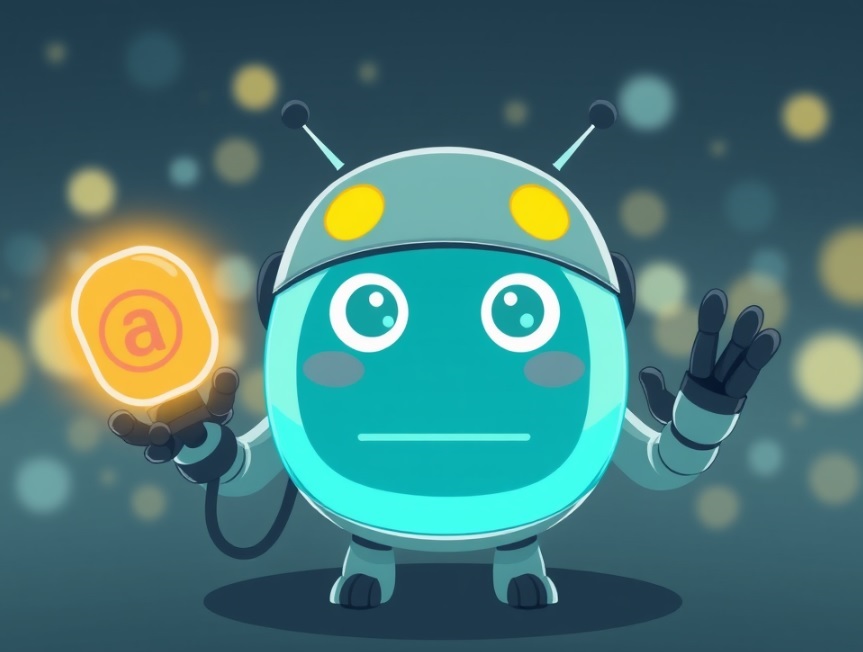In early 2025, Andrej Karpathy, co-founder of OpenAI, introduced the term “Vibe Coding”, sparking widespread interest and debate in the software development community. Vibe coding represents a novel approach to programming where developers rely heavily on large language models (LLMs) to generate code based on natural language prompts, often without manually reviewing or writing the code themselves. This method shifts the developer’s role from traditional hands-on coding to guiding and collaborating with AI, embracing a more intuitive, “vibe-driven” workflow.
Defining Vibe Coding
At its core, vibe coding means building software by interacting with AI models through natural language commands rather than writing every line of code manually. Developers describe what they want to achieve-sometimes in casual or conversational language-and the AI generates the corresponding code. The developer trusts the AI’s output enough to accept it without exhaustive line-by-line review, debugging issues by feeding error messages back into the AI and iterating quickly.
Karpathy described vibe coding as “fully giving in to the vibes, embracing exponential possibilities, and forgetting that the code even exists.” He explained that when working on projects or web applications, it often feels less like traditional coding and more like observing, instructing, executing, and copy-pasting AI-generated code that mostly works out of the box.
How Vibe Coding Differs from Traditional Coding
| Aspect | Vibe Coding | Traditional Coding |
|---|---|---|
| Development Speed | Much faster; AI generates and iterates code rapidly | Slower; manual coding, debugging, and optimization |
| Accessibility | Lowers barriers; non-programmers can participate | Requires formal programming knowledge |
| Focus | High-level problem solving and intent description | Detailed syntax, logic, and architecture design |
| Code Review | Minimal manual review; trust AI-generated code | Thorough manual review and testing |
| Flexibility | Limited by AI’s understanding and generation capabilities | Full control over every code detail |
| Maintenance | Can be challenging due to AI-generated code complexity | Easier with direct code ownership |
Advantages of Vibe Coding
-
Rapid Prototyping: Quickly build functional software prototypes without deep coding expertise.
-
Lower Learning Curve: Enables individuals with minimal programming background to create applications.
-
Enhanced Productivity: Frees developers from repetitive coding tasks, allowing focus on design and logic.
-
Iterative Development: Facilitates fast feedback loops by leveraging AI’s ability to revise code based on error messages.
Challenges and Limitations
-
Context and Scale: AI may struggle to maintain architectural coherence in large, complex projects.
-
Debugging Difficulty: Understanding and fixing AI-generated code can be nontrivial without deep technical insight.
-
Code Quality and Maintainability: Generated code might lack optimal structure, impacting long-term sustainability.
-
Security Concerns: Automated code generation requires careful oversight to avoid vulnerabilities.
The Future of Vibe Coding
As AI models continue to improve, vibe coding is expected to become more prevalent, integrating multimodal inputs like voice and images for even more natural interaction. It promises to democratize software development, enabling more people to bring ideas to life quickly. However, it will also require new best practices for code validation, architecture management, and collaboration between humans and AI.
Conclusion
Vibe coding marks a paradigm shift in software development-moving from manual, detail-oriented programming to a collaborative, AI-driven process guided by natural language and intuition. While it accelerates development and lowers barriers, it also introduces new challenges in code quality and maintainability. Embracing vibe coding means embracing a future where developers work alongside intelligent assistants, focusing more on creativity and problem-solving than on writing every line of code.









